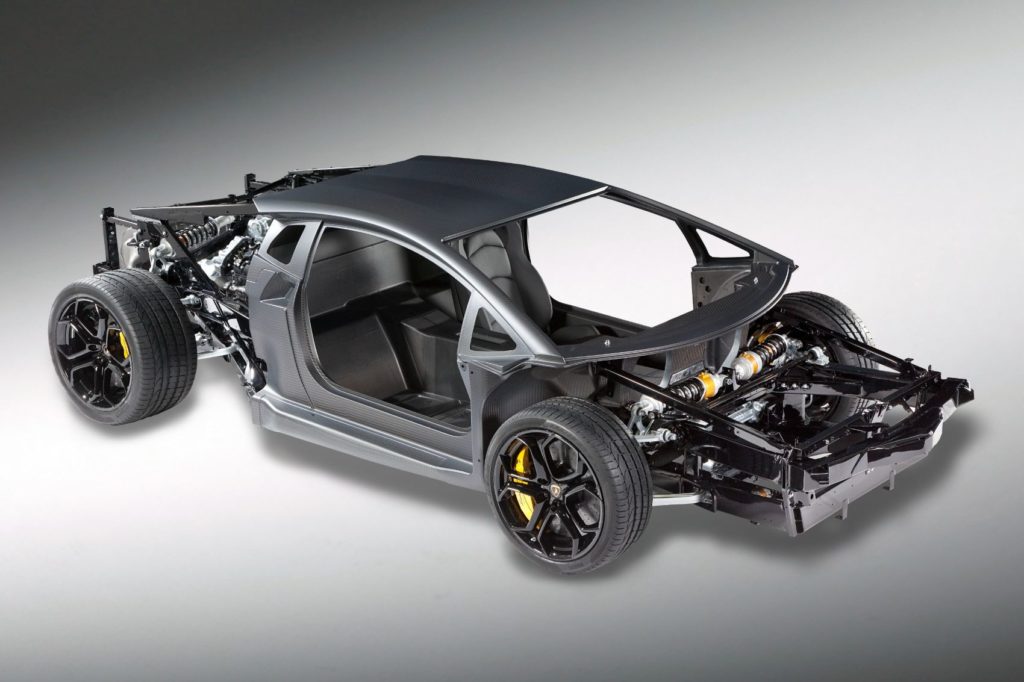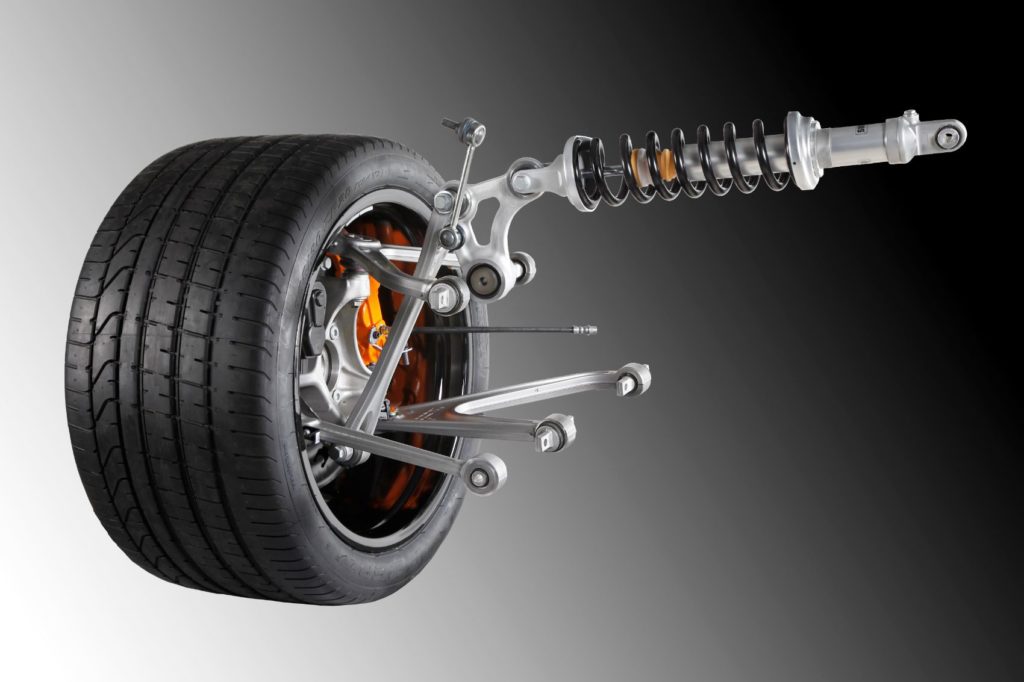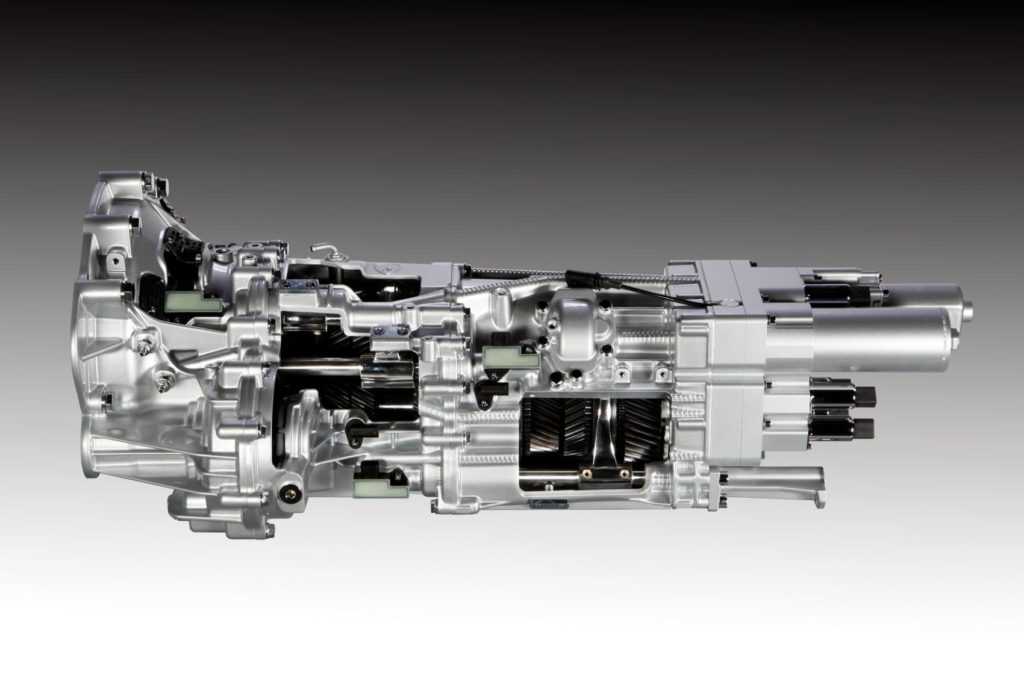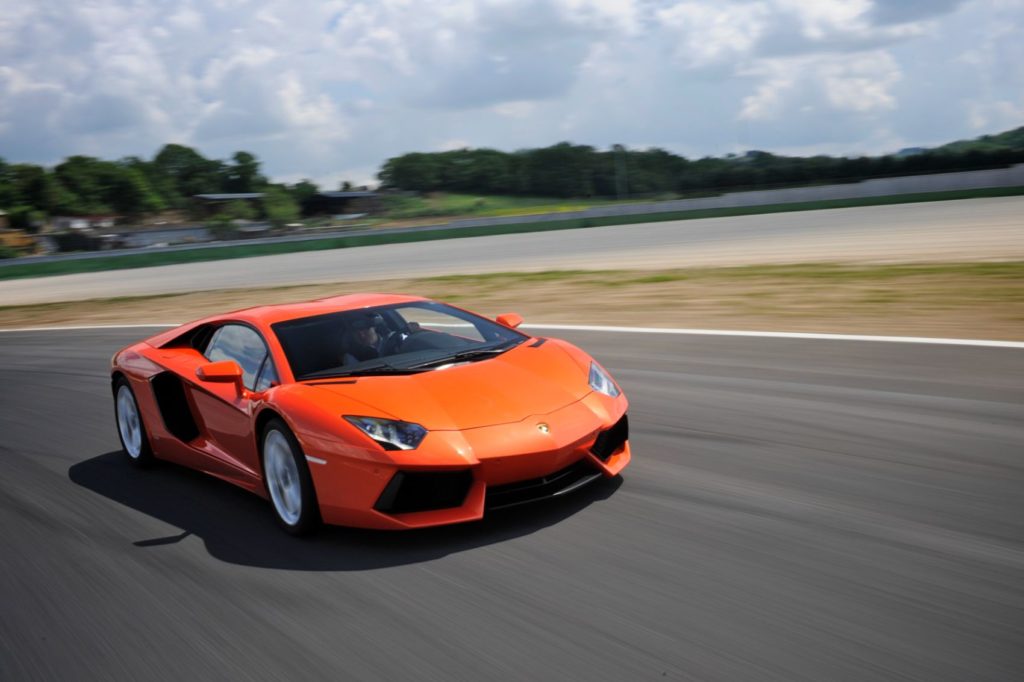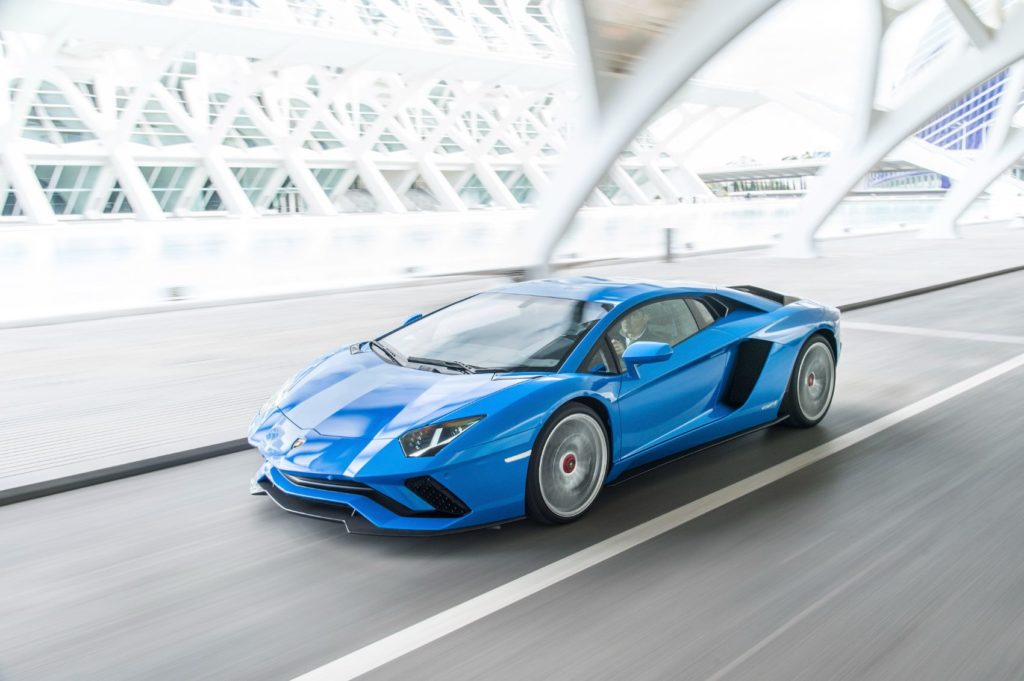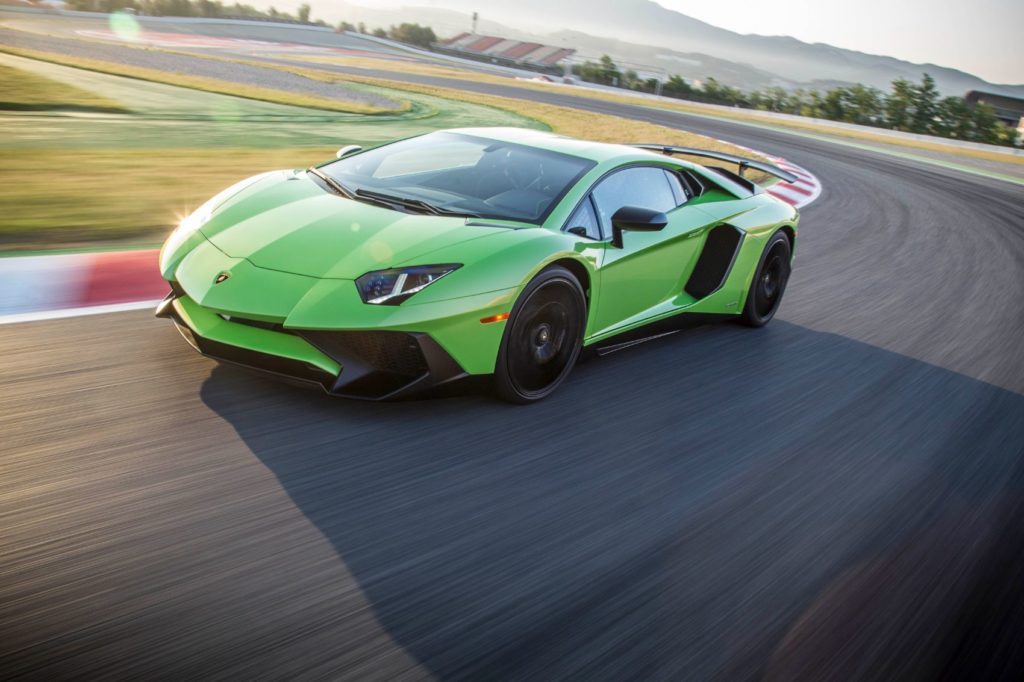The Lamborghini Aventador follows the tradition of big, bold, V12-powered Lambos culminating with the Miura in 1967 – the world’s first supercar. The Aventador came charging into our consciousness with the same effect as when the Countach gave car-crazed teenagers the heebie-jeebies from the late 70s to the early 90s. First produced in 2011, the Aventador proved to the world that big Lambos offer something more than drop-dead gorgeous looks and straight-line savagery. However, Lamborghini is correct in saying Aventador’s appeal is not just about raw power or exhilarating performance. As it turns out, Aventador became a hotbed of technological innovations for the past decade.
Carbon Fiber Construction & All-Wheel-Drive
When production for the Aventador LP700-4 began in 2011, the plan was to build only 4,000 units. But as 2016 came to a roaring start, Lamborghini had already sold 5,000 Aventadors. Still, there was a problem: The molds used in making the Aventador’s carbon-fiber monocoque could only accommodate 500 body shells, and Lambo only made eight molds in total.
With the Aventador, Lamborghini became the first automaker to produce carbon fiber parts of such significance in-house. It also established the brand’s leadership in developing and producing lightweight composite materials, and the proof is in the pudding. The Aventador’s single-shell monocoque and its front and rear aluminum subframes tip the scales at a lithe 229.5 kg (506 lbs.).
Meanwhile, the first Lamborghini to have AWD is, hold it, not a car. That credit belongs to LM002, the first Lamborghini SUV which debuted in 1986, well before the Urus of today. Seven years after the LM002, all-wheel-drive became standard in the Lamborghini Diablo. But for the Aventador, its electronically-controlled AWD system can adjust torque distribution between the front and rear axle in a few milliseconds. The system can also send up to 60 percent of the engine’s torque to the front axle.
No wonder the Aventador can move with such grace that belies its size.
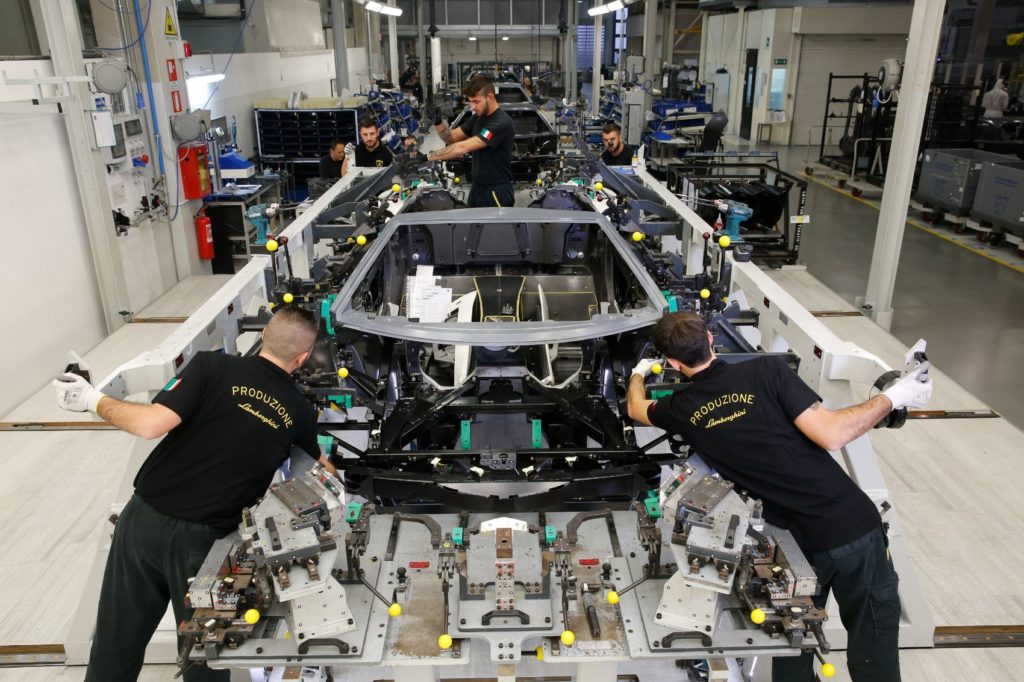
Pushrod Suspension & Robotized Gearbox
The Lamborghini Aventador still comes standard with a unique pushrod suspension system inspired by Formula 1 racing cars. Lamborghini added magnetorheological shock absorbers (MRS) on the Aventador SuperVeloce LP750-4, further enhancing its track-ready characteristics.
Of course, it’s hard to talk about the Aventador without mentioning its heart, a naturally aspirated 6.5-liter V12 plant pumping out no less than 690 horsepower and up to 770 horsepower in the succeeding versions. However, the bespoke Independent Shifting Rod (ISR) robotized seven-speed gearbox is responsible for transferring engine power to all four wheels. It does so by shifting gears in as little as 50 milliseconds, as fast as the movements of a human eye.
LDVA & ALA
The Aventador’s LDVA (Lamborghini Dinamica Veicolo Attiva or Active Vehicle Dynamics) control unit first debuted on the Aventador S in 2016. Without sounding like a bespectacled boffin, LDVA is an electronic brain that governs traction and vehicle handling in coordination with the chosen driving mode. And as the Aventador SVJ (SuperVeloce Jota) came thundering forward in 2018, LDVA 2.0 and ALA 2.0 (Aerodinamica Lamborghini Attiva) came with it. The latter, first employed in the Huracan Performante, varies the car’s aerodynamic properties by electronically opening or closing active flaps on the engine hood and front splitter. In addition, ALA 2.0 has faster inertial sensors that activate the aero flaps in under 500 milliseconds, ensuring the best aerodynamic profile in any driving scenario.
All-Wheel-Steering & Cylinder Deactivation
The Aventador S also came with all-wheel steering, the first on a production Lamborghini. The system consists of Lamborghini Dynamic Steering on the front axle and a Lamborghini Rear-Wheel Steering system. The rear wheels turn in the opposite direction at low speeds as the front for better low-speed handling and maneuverability. But at higher speeds, both axles turn in the same direction to improve stability.
Who would have thought a V12 Lambo would come with a cylinder deactivation system or CDS? At speeds below 84 mph, the system deactivates one of the cylinder banks to increase fuel economy by up to 20 percent while the engine operates as a straight-six unit.
Trofeo de la Pena La Madronera
Ferrucio Lamborghini had a penchant for Spanish bullfighting culture. He was so enamored with fighting bulls that he made it Lamborghini’s official symbol to juxtapose the Ferrari prancing horse. From then on, every Lamborghini from the Miura to Huracan drew their names after Spanish fighting bulls.
Nevertheless, the bravest of them all is Aventador, a 1,118 lbs. (507 kg) black bull who fought matador Emilio Munoz in 1993. Aventador went on to earn the Trofeo de la Pena La Madronera trophy in honor of his bravery.
Alvin Reyes is an Automoblog feature columnist and an expert in sports and performance cars. He studied civil aviation, aeronautics, and accountancy in his younger years and is still very much smitten to his former Lancer GSR and Galant SS. He also likes fried chicken, music, and herbal medicine.
Photos & Source: Automobili Lamborghini.


